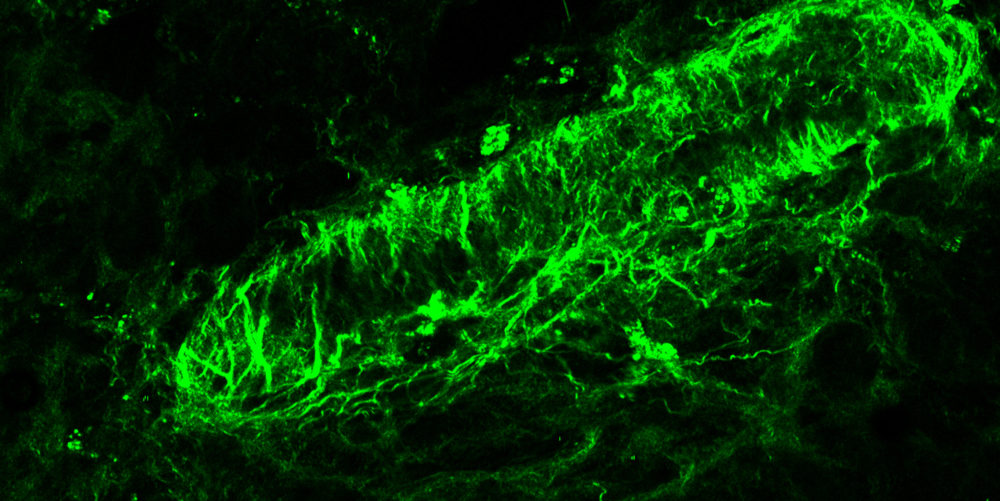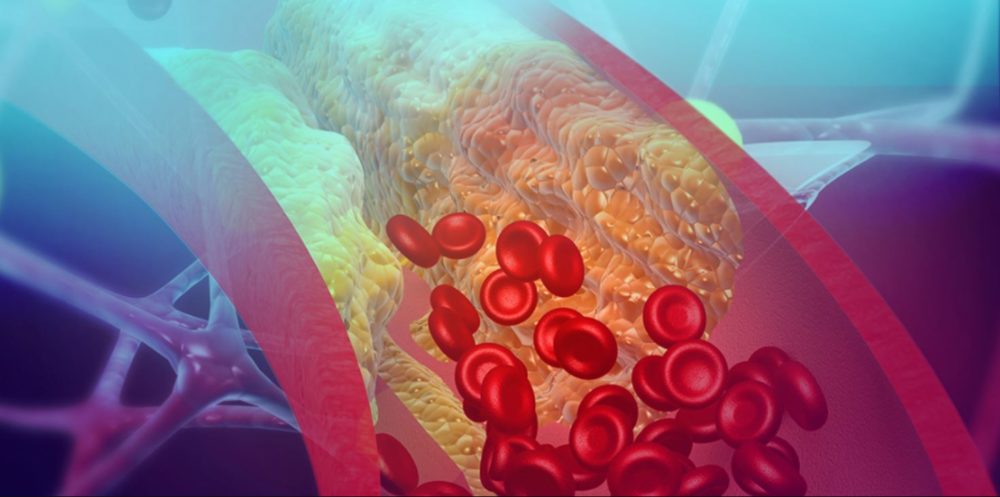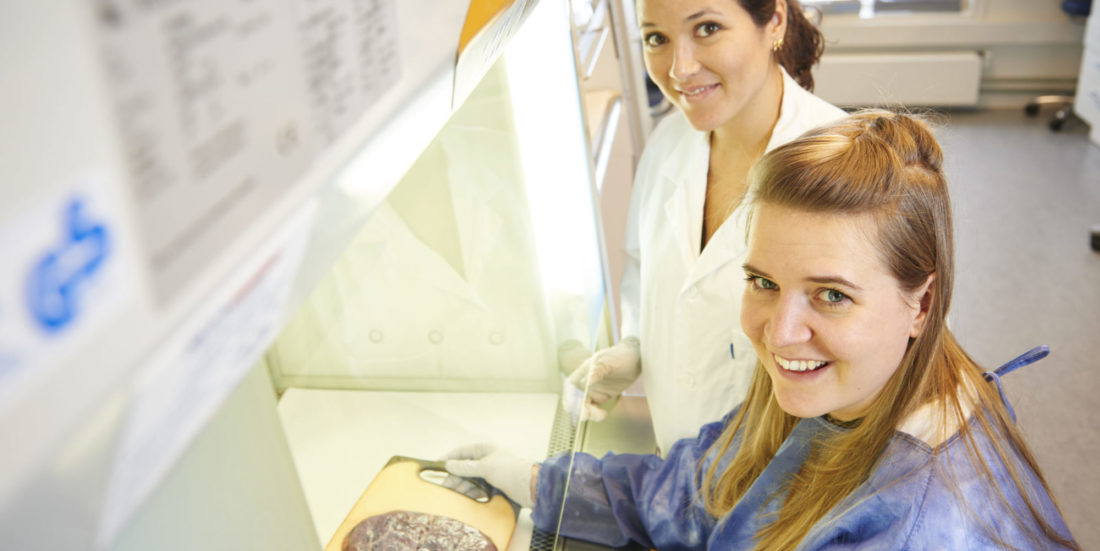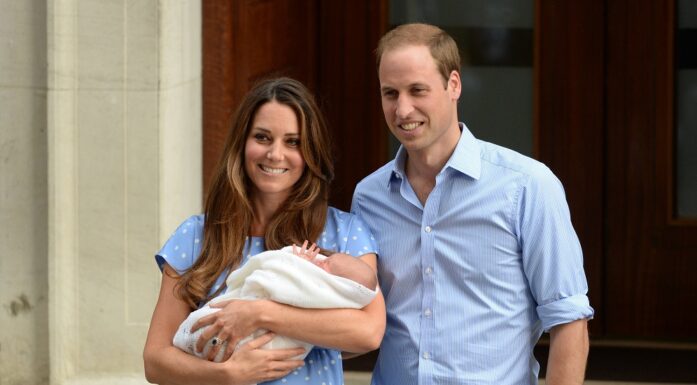Important cause of preeclampsia discovered
New findings show that cholesterol crystals in the uterine wall are the villain that researchers have been looking for. These crystals cause intensified inflammation in people who become ill.
Despite being the subject of increasing interest for a whole century, how preeclampsia develops has been unclear – until now.
Researchers believe that they have now found a primary cause of preeclampsia.
“We’ve found a missing piece to the puzzle. Cholesterol crystals are the key and we’re the first to bring this to light,” says researcher Gabriela Silva.
Silva works at NTNU’s Centre of Molecular Inflammation Research (CEMIR), a Centre of Excellence, where she is part of a research group for inflammation in pregnancy led by Professor Ann-Charlotte Iversen.
- You might also like: Cholesterol crystals play an active role in stroke, heart attacks
More effective treatment possible
The findings are good news for the approximately three per cent of pregnant women in Norway who get this disease. Worldwide, preeclampsia is a leading cause of illness and death in both mother and foetus.

Through advanced microscopes, the researchers were able to detect the cholesterol crystals. Here is a vein from the uterine wall. The green is both cells and a fiber-forming protein. Photo: NTNU
In a preeclamptic pregnancy, the placenta does not develop properly, and the baby sometimes also receives too little nutrition.
The symptoms of preeclampsia are often mild, but in some cases the condition becomes so severe that the baby needs to be delivered prematurely.
Preeclampsia does not disappear until the baby is born. Since no one has understood why the condition occurs, the current treatment is to monitor and alleviate the symptoms.
Silva believes that future treatment will now become more effective.
- You might also like: Dissolving cholesterol crystals may help treat heart disease
Cholesterol checked in uterine wall and placenta
“A pregnancy is actually a kind of natural inflammatory condition, and in the case of preeclampsia, the inflammation has become too strong and leads to disease,” Silva says.
Women who have had preeclampsia have an increased risk of developing cardiovascular disease later in life.
It was precisely this connection that led the researchers to choose to examine cholesterol in pregnant women with preeclampsia. Cholesterol is a major cause of cardiovascular disease.
Cholesterol crystals are found in plaque that clogs blood vessels. The crystals are formed when bad cholesterol accumulates in the blood vessel walls. Studies have shown that cholesterol crystals are a particularly powerful initiator of inflammation in the body and can cause the blood to clot.
- You might also like: Foetal genes can increase the risk of illness during pregnancy
When the immune response runs wild

The heart pumps about five litres of blood through the body every minute. The blood vessels that carry blood from the heart become clogged with something called plaque. Cholesterol crystals are found in plaque. Illustration photo: NTB scanpix
Cholesterol crystals are identified as harmful substances in the body that need to be cleared out. But the defence cells that come in to do the job aren’t able to break them down. They call for reinforcements, and more immune cells come in, to no avail. The immune response runs wild, and the inflammatory process escalates.
Silva found that the inflammation was at its highest in the region called the maternal-foetal interface, where the mother’s cells come into direct contact with foetal cells. This happens in the placenta and uterine wall.
“This direct contact means that the inflammation directly affects the communication between mother and foetus and contributes to even greater inflammation in the mother,” says Silva.
All pregnant women have high cholesterol levels
Cholesterol levels are high in all pregnant women, because both the foetus and the placenta need cholesterol. But levels were even higher in women with preeclampsia. They also had much more of the bad cholesterol, which is the type of cholesterol found in people who are at high risk for cardiovascular disease.
Silva went to great lengths to solve the riddle. She used tissue samples from a biobank that the research group at CEMIR has built up, and included placenta samples from 90 women with preeclampsia obtained immediately after birth. The researchers therefore had tissue samples from both the uterine wall and the placenta. The samples were examined using advanced microscopes.
It has taken years of research to arrive at the result.
Women at risk should have their cholesterol checked
Future treatment for preeclampsia may simply include cholesterol-lowering medications, such as statins, but further research is needed to clarify their effects.
“Some women have an increased risk of preeclampsia right from the start. They should be followed up with a cholesterol check. This isn’t done regularly today, but it should be done regularly in the future. The use of statins during pregnancy is not recommended now, but several clinical studies are looking more closely at this and are showing that pravastatin, for example, can be safe to use during pregnancy,” says Silva.
Reference: Silva Gabriela Brettas, Gierman Lobke Marijn, Rakner Johanne Johnsen, Stødle Guro Sannerud, Mundal Siv Boon, Thaning Astrid Josefin, Sporsheim Bjørnar, Elschot Mattijs, Collett Karin, Bjørge Line, Aune Marie Hjelmseth, Thomsen Liv Cecilie Vestrheim, Iversen Ann-Charlotte. Cholesterol Crystals and NLRP3 Mediated Inflammation in the Uterine Wall Decidua in Normal and Preeclamptic Pregnancies.Front. Immunol., 08 October 2020. https://doi.org/10.3389/fimmu.2020.564712





